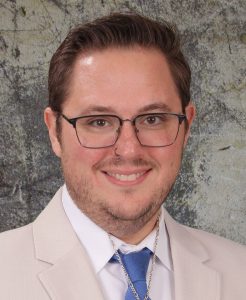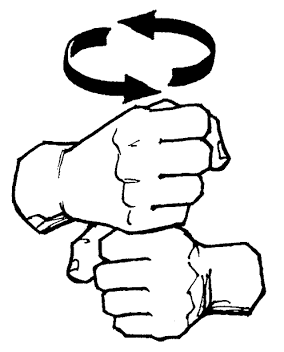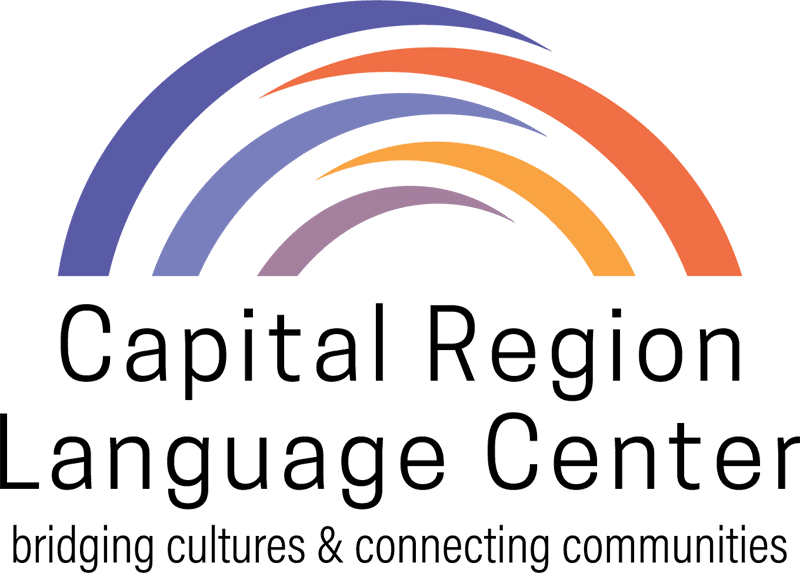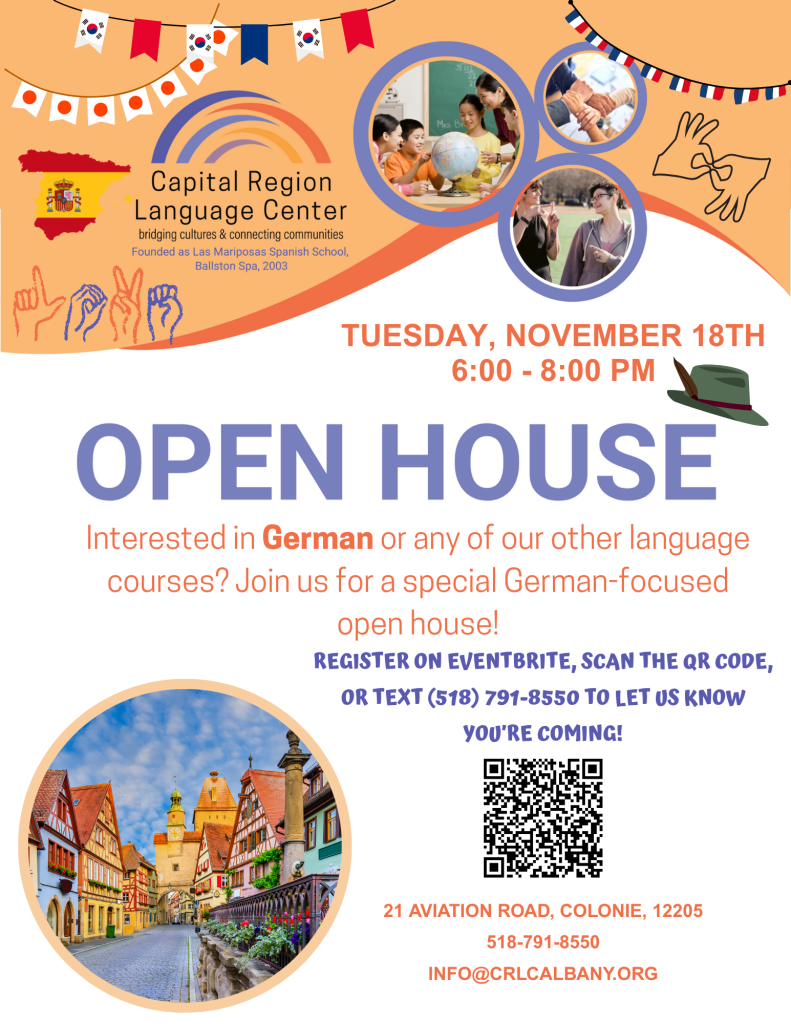A Capital Region native, Josh didn’t learn American Sign Language until he was an adult. He shares how he discovered his calling to teach the Deaf, how ASL activates different parts of the brain, and even his favorite signs!
You did not grow up signing. What made you decide to study ASL?
Growing up in a rural area (Fonda, NY), my exposure to Deaf people didn’t happen until I was 18 years old. I began working at the Arc, assisting individuals with disabilities, and found a whole new world of people.
During my training, there was a Deaf man in my class. I remember watching him and his interpreters sitting in the front of the room conversing back and forth, thinking ‘Wow, that’s so amazing!’ I began to self-teach a few of the basics.

Josh Barman teaches American Sign Language at Capital Region Language Center.
A few years later, my job offered ASL training. I jumped on the opportunity and excelled. I found a calling. I returned to college after dropping out for two years, to pursue my education around American Sign Language. I received a BA and started working as an educational interpreter. Working 1:1 with a student, I discovered my ability to break down concepts in a language they understood had ignited a new passion: teaching.
I obtained my MS in Special Education, with a concentration in Deaf Ed and began a teaching career. Today, I work with Deaf students in their home high schools, through BOCES. I also teach ASL at the college level. That led me to Capital Region Language Center, where I teach beginner level ASL.
What do you love about American Sign Language?
I love how things are conceptualized visually. One of my most favorite things to learn about is American Sign Language Semantics. In English, there are over 500 meanings for the word “run”.
In ASL there is a sign for “run” that portrays the physical motion. However, each alternative meaning for the same word is expressed differently based on the context.
For example, “having a runny nose” would be signed to appear that something is dripping from your nose. The handshape can change based on the intensity of the drip. This becomes fun and creative in an almost artistic kind of way.
I also love that it can be taught to babies to help aid in communication before they learn to speak. This is because our visual-motor skills develop at a quicker rate than our aural-oral skills.

Click here to watch Josh sign and learn four or his favorite things!
You acquired a new language as an adult. How did age and life experience affect you?
A new language can come easily for some and be challenging for others. I am working on Spanish again (after taking it in high school).
I thought things would flood back. Boy was I wrong! There are times I struggle. Learning ASL activates different parts of your brain. The left brain is known for language, both spoken and signed. However, the right brain plays an integral role helping process facial expressions and spatial awareness, both critical for grammar and meaning. Our visual cortex and frontal cortex are also key, as the visual input of hand shapes and movements are crucial for fluency.
Knowing all this, when I teach American Sign Language, I constantly do informal assessments. By observing my students, I can adjust teaching strategies, whether working in pairs, using a mnemonic device or through repetition, to help master a sign or concept.
Learn how we are helping preschool teachers use ASL to bridge communication gaps caused by Covid-19.
Do you have a favorite sign?
If anyone knows me they know I LOVE coffee! One of my favorite signs is coffee:

Another thing I find myself signing often is “Tru Biz.” This is ASL slang that can be translated into the generational phrases “literally,” “for real” or “no cap.” It can be used to add emphasis for something being true.

What would you say to an adult who wants to learn a new language, but might feel intimidated?
I enjoy being a vessel to help bridge the gap between the Deaf and hearing world by teaching others how to help facilitate communication. This supports access for the Deaf person as well as relationship building.
I make my American Sign Language classes fun, exciting and engaging. My class is a safe space to be yourself, free of judgement. I enjoy using humor to help make students more comfortable in the learning process. Come join us!
For information about upcoming American Sign Language classes, contact us today!


